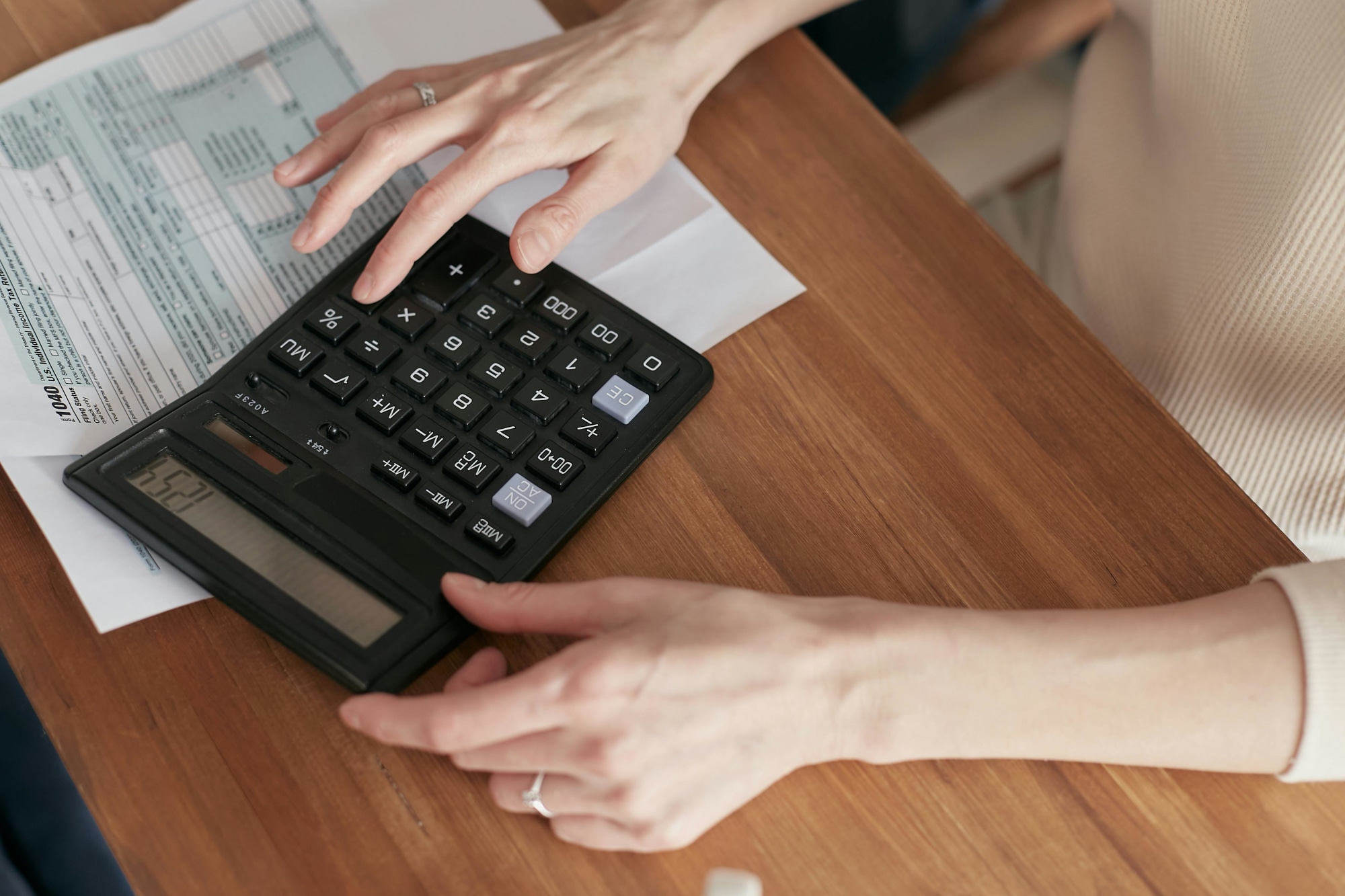Retirement
Superannuation for the self-employed
Superannuation is an efficient way for employees to secure retirement savings through employer contributions. However, self-employed individuals don’t benefit from employer superannuation guarantee (SG) contributions during the accumulation phase.
Superannuation for the self-employed
Superannuation is an efficient way for employees to secure retirement savings through employer contributions. However, self-employed individuals don’t benefit from employer superannuation guarantee (SG) contributions during the accumulation phase.

Who pays superannuation for the self-employed?
Self-employed individuals and sole traders don’t really need to enrol in a super fund, but there is no rule that prevents the self-employed from enrolling in a super and accessing its tax concessions.
If you are self-employed and you decide to open a super account, contributing to super is solely your responsibility.
Self-employed individuals aren’t required to make SG contributions. Rather, you may make regular voluntary concessional and non-concessional contributions to your fund. This means that the amount you contribute may vary depending on your business or labour income.
A good way to ensure that you receive a consistent amount is to separate your business and personal income by paying yourself a fixed wage.

Who pays superannuation for contractors?
Contractors may pay for super themselves or, if their employment set-up is eligible, through their employer. A contractor may be considered as an employee for SG purposes if they are paid “wholly or principally for their labour”.
To be wholly or principally paid for labour, you must:
- Be paid wholly or principally for your personal skills and labour
- Personally perform the contracted work
- Be paid for the hours you work instead of simply to achieve a goal
Furthermore, the contract must directly be between them and their employer. If the contract is coursed through another person or agent, employers have no responsibility to make SG contributions on behalf of the contractor.
If you don’t meet the conditions above, you may have to pay your own super.
Superannuation for employers and small-business owners
If you are self-employed and your business has employees, you will also have to ensure that you pay the superannuation guarantee for your eligible employees.
According to the Superannuation Industry (Supervision) Act 1993 (SISA), the financial year 2019-20 SG rate is 9.5 per cent of your eligible employee’s ordinary time earnings (OTE). It must also be paid on top of the OTE, which means that you can’t take a portion of your employees’ wage to use as SG contribution.
If you fail to remit the correct amount of SG payments, the ATO may require you to pay the super guarantee charge (SGC), which is composed of the following amounts:
- The SG shortfall amount
- Interest on the shortfall which is currently at 10 per cent
- $20 administration fee per employee per quarter
Contributions cap
As long as your contributions don’t exceed the effective contributions cap for the financial year, you may be able to claim a tax deduction on the full amount of your concessional (pre-tax) contributions. You may also be eligible for government co-contributions if you make non-concessional (after-tax) contributions.
As at 1 July 2017, the concessional contributions cap is $25,000 for all ages, while the general non-concessional contributions cap is $100,000. The contributions caps may increase if you are eligible for the carry-forward or bring-forward arrangements.
The carry-forward rule states that you can access your unused concessional contributions cap for a rolling period of five years if your total balance is less than $500,000. This will begin in the 2019-20 financial year.
The bring-forward rule states that members under 65 years old may make additional non-concessional contributions of up to $300,000 over a three-year period. However, the actual cap depends on the total superannuation balance.
Explore Nest Egg to learn more about superannuation.
About the author

About the author


Superannuation
Industry leaders weigh in on concessional super tax as Budget confirms $55bn investment
Changes to the taxation of superannuation earnings and contributions have drawn mixed responses from financial and payroll sector leaders, as the Federal Budget confirms over $55 billion in ...Read more

Superannuation
Call for indexation on super tax cap as $3m threshold draws criticism
A senior executive in the superannuation technology sector has criticised the Federal Government for failing to index the proposed $3 million superannuation tax cap, arguing the measure will unfairly ...Read more

Superannuation
Rest members back calls for fairer superannuation rules ahead of Federal Budget
Rest has called on the Federal Government to implement superannuation reforms aimed at improving fairness across the system, after member survey results showed strong support for a range of proposed ...Read more

Superannuation
Rest welcomes progress on ‘Payday Super’ reform
Rest, one of Australia’s largest profit-to-member superannuation funds, has welcomed the Australian Government’s release of draft ‘Payday Super’ legislation, which aims to align Superannuation ...Read more

Superannuation
SuperAPI and Humanforce partner to improve superannuation compliance for one million Australians
Superannuation engagement platform SuperAPI has partnered with human capital management provider Humanforce to streamline payroll and superannuation contributions for more than one million Australian ...Read more

Superannuation
Rest super fund reports 11.19 per cent return for 2024
Rest superannuation fund delivered an 11.19 per cent return in its MySuper Growth investment option for calendar year 2024, marking two consecutive years of positive returns. Read more

Superannuation
Actuaries propose three-tier superannuation tax reform
The Actuaries Institute has outlined major reforms to Australia's $4.1 trillion superannuation system, proposing uniform tax rates and new levies on high retirement withdrawals. Read more

Superannuation
Survey reveals Australians' reliance on superannuation for retirement
A new survey by AustralianSuper has found that only 32% of Australians believe they could save for retirement without compulsory superannuation. Read more

Superannuation
Industry leaders weigh in on concessional super tax as Budget confirms $55bn investment
Changes to the taxation of superannuation earnings and contributions have drawn mixed responses from financial and payroll sector leaders, as the Federal Budget confirms over $55 billion in ...Read more

Superannuation
Call for indexation on super tax cap as $3m threshold draws criticism
A senior executive in the superannuation technology sector has criticised the Federal Government for failing to index the proposed $3 million superannuation tax cap, arguing the measure will unfairly ...Read more

Superannuation
Rest members back calls for fairer superannuation rules ahead of Federal Budget
Rest has called on the Federal Government to implement superannuation reforms aimed at improving fairness across the system, after member survey results showed strong support for a range of proposed ...Read more

Superannuation
Rest welcomes progress on ‘Payday Super’ reform
Rest, one of Australia’s largest profit-to-member superannuation funds, has welcomed the Australian Government’s release of draft ‘Payday Super’ legislation, which aims to align Superannuation ...Read more

Superannuation
SuperAPI and Humanforce partner to improve superannuation compliance for one million Australians
Superannuation engagement platform SuperAPI has partnered with human capital management provider Humanforce to streamline payroll and superannuation contributions for more than one million Australian ...Read more

Superannuation
Rest super fund reports 11.19 per cent return for 2024
Rest superannuation fund delivered an 11.19 per cent return in its MySuper Growth investment option for calendar year 2024, marking two consecutive years of positive returns. Read more

Superannuation
Actuaries propose three-tier superannuation tax reform
The Actuaries Institute has outlined major reforms to Australia's $4.1 trillion superannuation system, proposing uniform tax rates and new levies on high retirement withdrawals. Read more

Superannuation
Survey reveals Australians' reliance on superannuation for retirement
A new survey by AustralianSuper has found that only 32% of Australians believe they could save for retirement without compulsory superannuation. Read more








